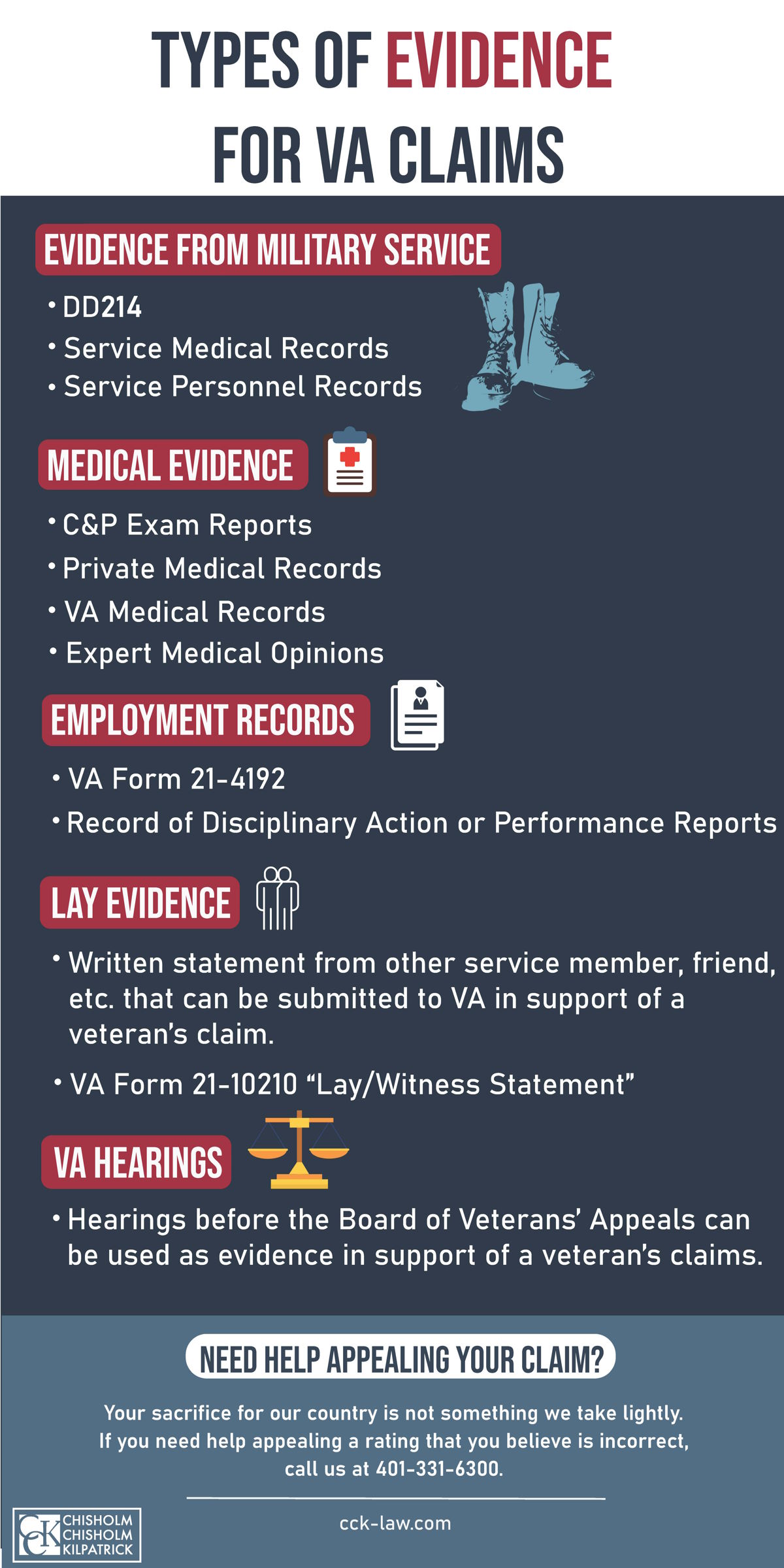How to Complete VA Form 21-4138: Statement in Support of Claim

What Is VA Form 21-4138: Statement in Support of Claim?
When filing a claim with the Department of Veterans Affairs (VA) for service-connected disability compensation, veterans have the option to submit a Statement in Support of Claim, or VA Form 21-4138. Veterans and their families, friends, or other former service members can use this form to provide information to substantiate a disability benefits claim.
What Is VA Form 21-4138 Used For?
VA Form 21-4138 serves as an opportunity for veterans to submit a firsthand account of the in-service event or injury that led to their current disabling condition, and how their condition impacts their daily life. Additionally, the statement can include details about their symptoms, their severity, and their progression over time. The form is used to strengthen a veteran’s case and fill in the gaps if any information is missing from medical evidence or service records.
Friends, family, or coworkers can use VA Form 21-4138 to support the veteran’s claim and verify the physical or social limitations the veteran experiences due to their disability. Statements from other service members who served alongside the veteran (i.e., buddy statements) can also corroborate the events that led to the veteran’s disability.
How to Fill Out VA Form 21-4138
VA Form 21-4138 can be completed online or printed and filled out by hand. Veterans may also ask for assistance with filling out the form, such as from an accredited veterans’ representative.
First, you should provide identifying information in Section I, such as:
- Full name
- Social security number
- VA file number
- Date of birth
- Service number (if applicable)
- Telephone number
- Email address (optional)
- Mailing address
Section II is where you can provide a lay or witness statement in connection to your claim. If you need additional space for the statement, you can include an addendum. To do so, you must indicate on VA Form 21-4138 that an addendum is attached at the end of the application.
In Section III, the veteran or beneficiary must certify that the information provided is true and correct by signing and dating the form.

How to Write a Statement in Support of Claim
The content of the Statement in Support of Claim will depend on your specific claim, what you are trying to prove to VA, and who is writing the statement.
How to Write a Personal Statement
Generally, when writing a statement, veterans should incorporate as many details as possible regarding their specific symptoms. It is also a good idea to provide specific examples of how the symptoms affect day-to-day life. Additionally, it can be beneficial to show how certain symptoms lead to other symptoms. For example, if you have a condition that makes it difficult to walk, you can speak about how not moving for extended periods of time affects your mood.
It is important to note, however, that veterans cannot attribute a specific symptoms to a medical diagnosis. Rather, a medical professional must attribute the symptoms to the diagnosis.
How to Write a Buddy Statement
In a buddy statement, fellow service members may provide a detailed description of what they witnessed if they were involved in the veteran’s in-service event, or verification of when and where the injury or event occurred.
If the statement is more focused on the veteran’s symptoms, the statement should include information regarding how the veteran’s condition affects them, what the person writing the statement has witnessed, how the veteran has changed since service, and any other relevant details.

Tips for Writing a Competent and Credible Statement
For VA to consider a veteran’s Statement in Support of Claim when deciding service connection or a disability rating, it must be deemed competent and credible. Competency refers to the knowledge of the individual completing the statement. Anyone who prepares a statement for a veteran must have personal knowledge of what is being discussed. Credibility speaks to the reliability of what is being said in the statement.
It is also important to avoid inconsistencies within the statement. To avoid this, veterans can offer more general time frames (e.g., saying a certain event occurred in a certain summer or year instead of on a specific day). Veterans should also never exaggerate or downplay their symptoms within their statement. In short, truthfulness and consistency are key.
Other VA Forms for Lay Statements
Veterans can also submit lay evidence by using VA Form 21-10210. This form contains the following sections:
- Identifying the veteran
- Claimant information (if the claimant is not the veteran)
- The written statement
- The layperson’s contact information (e.g., phone number, email address, mailing address)
- A section to certify and sign the statement
If more than one person is submitting lay evidence on a veteran’s behalf, each person will have to fill out a separate VA Form 21-10210.
Was Your VA Claim Denied?
If VA denied your claim for disability compensation, Chisholm Chisholm & Kilpatrick may be able to help. Reach out to CCK today for a free case review with a member of our team.
About the Author
Share this Post
